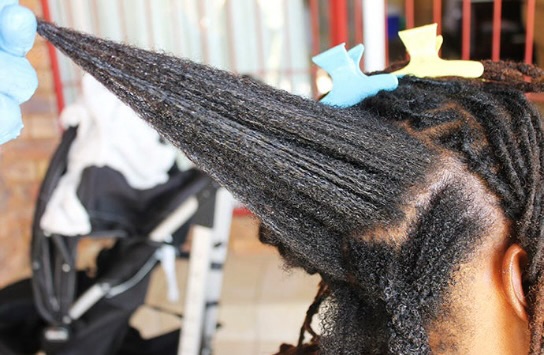Hair health is a common concern, but many people confuse hair shedding with hair loss, leading to unnecessary worry or improper treatment.
Understanding the difference between the two can help you manage your hair better and identify when to seek professional advice.
What is hair shedding?
Hair shedding is a natural part of the hair growth cycle. On average, a person sheds 50 to 100 hairs per day as part of the hair’s natural renewal process. This occurs during the telogen phase (resting phase) of the hair cycle, where older strands fall out to make room for new growth.
Common causes of hair shedding:
• Seasonal changes: More shedding can occur during autumn.
• Stress and illness: Temporary stress or conditions like fever can trigger shedding.
• Postpartum shedding: Hormonal shifts after childbirth often lead to increased shedding.
• Dietary deficiencies: Low iron or vitamin D can temporarily increase hair fall.
Hair shedding is generally temporary and resolves once the body restores balance.
What is hair loss?
Hair loss (also called alopecia) occurs when hair stops growing from the follicle, leading to a reduction in hair density. Unlike normal shedding, hair loss often results from a disruption in the hair growth cycle or permanent follicle damage.
Types and causes of hair loss:
• Androgenetic alopecia: Genetic hair loss, also known as male or female pattern baldness.
• Alopecia areata: An autoimmune disorder causing patchy hair loss.
• Telogen effluvium: Severe stress or trauma leading to sudden hair thinning.
• Scalp conditions: Dandruff or infections can impair follicle health.
Key differences between hair loss and shedding
• Volume: Hair shedding is typically mild (50-100 hairs/day), while hair loss involves significant thinning.
• Duration: Shedding is often temporary, while hair loss can be progressive or permanent.
• Scalp health: Hair loss may involve visible thinning spots, while shedding rarely shows scalp changes.
When to seek help
Consult a dermatologist if:
• Shedding exceeds 100 hairs per day for extended periods.
• Visible bald patches or receding hairlines appear.
• Hair fails to regrow after shedding.
Conclusion
Hair shedding is a natural process, while hair loss often requires medical attention. Recognizing the difference can help you maintain healthier hair and seek the right treatments when necessary.




